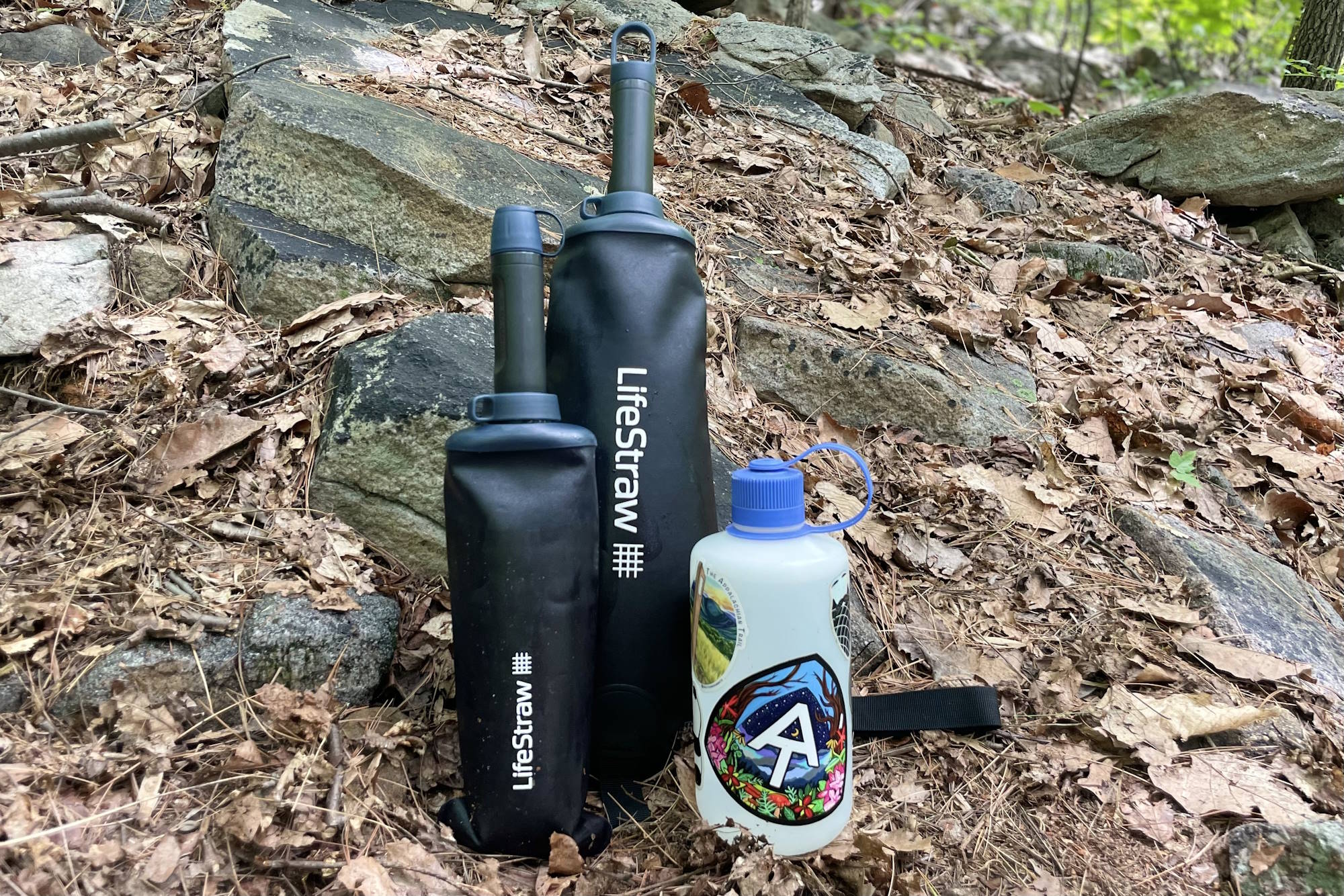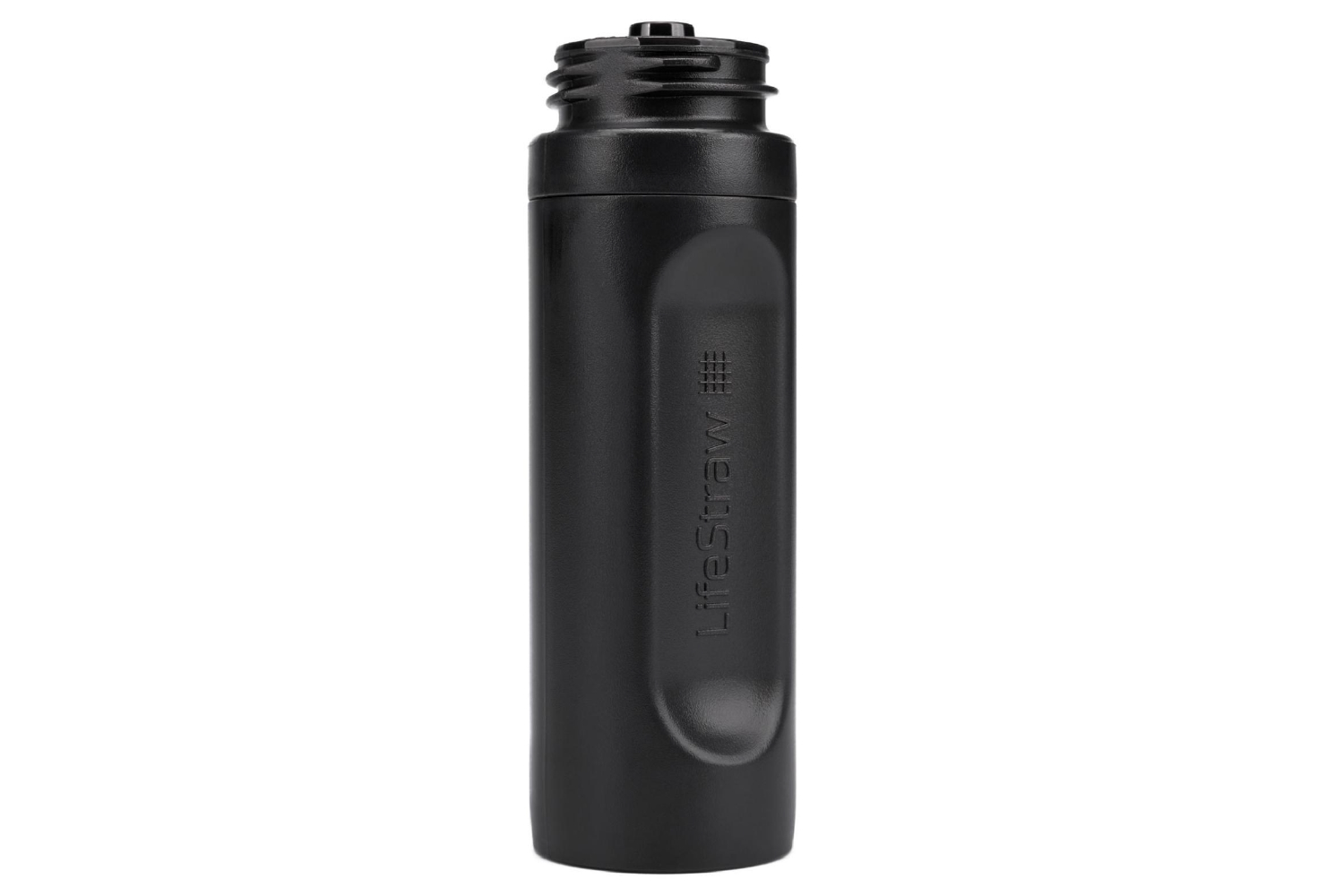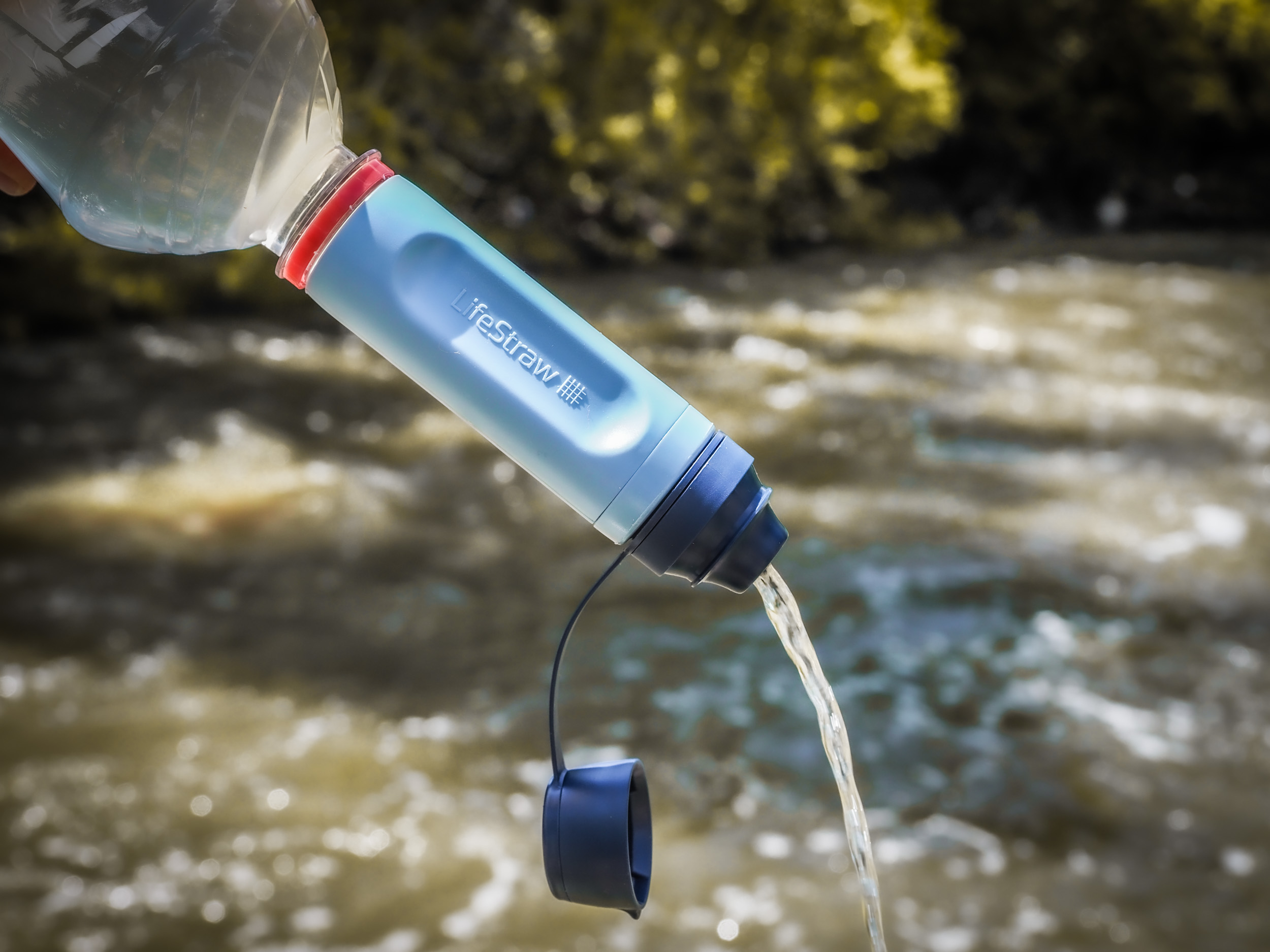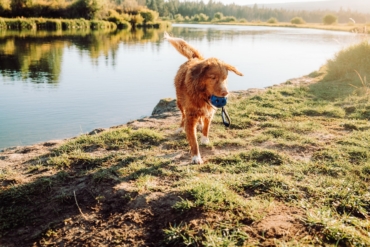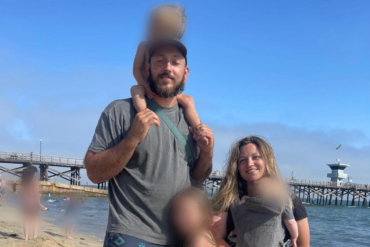Water is typically flowing in multiple places on the Southern Appalachian Trail (AT) during springtime. But when my boyfriend and I got to the Great Smoky Mountains National Park, I made the mistake of not completely filling up my water before checking the next water source — which happened to be dry. There wouldn’t be water for another 10 miles, I realized. I was going to have to either backtrack half a mile to our last stop or hike a half mile off trail to a shelter.
Realizing this, I immediately felt thirstier. I was suddenly looking everywhere for water and feeling the lack of it with each step I took. There was moss at points on the side of the trail and I knew I could squeeze some of it into my filter if I got really desperate. But instead, I decided to just hike to the shelter and refill there.
Then, I looked to my left and saw a small leaf in the rocks with a tiny flow of water. I couldn’t have been happier to forgo the 1-mile round trip diversion. I felt so fortunate as I pulled out my collapsible LifeStraw Peak Series Collapsible Squeeze bottle and placed it under the leaf. In no time at all, I had a full bottle of filtered water to enjoy.
In short: From early March to mid-August, I used these three Peak Series filters almost every day. The LifeStraw Peak Series Collapsible Squeeze 1L Bottle and Filter ($44), which GearJunkie has previously tested, and the LifeStraw Peak Series Gravity Filter System 3L ($66). They were our choices for water filters on the AT based on weight and durability. And we were very happy we decided to test them out. They both proved to be reliable means of getting clean water. More specifically, they filtered water quickly; they’re light and easy to carry, and they require no pumping. Spoiler: the Gravity Filter System requires some delicate handling. But by and large, these filters were welcome companions on the AT.
If you’re in the market for a new backpacking water filter, see how the Lifestraw Peak Gravity stacks up against the competition in our guide to the best backpacking water filters.
LifeStraw Peak Series Squeeze Bottle & Peak Gravity Filter Review

LifeStraw released the Peak Series of water filters in March 2022. It’s a collection of six different filter systems that are durable, versatile, lightweight, and compact. It includes the Personal Water Filter Straw, the 650mL and 1L Collapsible Squeeze Bottle Water Filter System, the 3L and 8L Gravity Water Filter System, and the 8L Gravity Water Filter and Water Storage Bag.
The release of the LifeStraw Peak Series was very exciting, as their filters hadn’t been redesigned in (gasp) 17 years. So, as my boyfriend and I planned for our AT thru-hike this year, we decided to give the LifeStraw Peak Series Squeeze Bottle and Gravity Filter System a try.
We opted to carry two collapsible 1L Squeeze Bottles (one each) and a 3L Gravity Water Filter System. Both products use the same filter, which would have made replacements easy to come by. In case any filter failed, we had two backups on hand.
While the Squeeze Bottle and the Gravity Bag are cool, it’s really the filter itself that makes these products so awesome. So, we’ll start there.
- Weight: 1.2 oz.
- Dimensions: 1.24" x 3.8"
Pros
- Extremely effective at filtering microbes, bacteria, and particulates
- Works with both LifeStraw's squeeze and gravity filters
- Replacements are relatively cheap
Cons
- Not rated for as long of a lifespan as some competitors
LifeStraw’s Membrane Microfilters protect against 99.999999% of bacteria, parasites, and microplastics. According to the brand, it completely filters out silt, sand, and cloudiness, according to the brand. The pore size is just 0.2 microns; it’s BPA-free, made from high-quality materials, and meets U.S. EPA & NSF P231 drinking water standards for the removal of bacteria and parasites.
With regular cleaning and proper care, these Membrane Microfilters can filter up to 2,000 L (or 500 gallons) of water before they need to be replaced, LifeStraw claims. And cleaning them is crucial. After so many liters are filtered, sediment buildup will slow the rate of flow. Consistent cleaning prevents that to a large extent.

Notably, Sawyer claims that its Squeeze and Mini filters will last for “1,000s of gallons” before they should be replaced. So there are options out there that are rated higher in terms of lifespan.
But realistically, you’d probably damage or lose your LifeStraw or Sawyer filters before you truly wore either out.
- Weight: 3.9 oz.
- Dimensions: 4.7" x 12.1"
- Colors: Mountain Blue, Dark Mountain Gray
- Size: 650 mL or 1 L
- Includes: LifeStraw Peak Series 1L collapsible squeeze bottle with screwtop cap and tether, backwash accessory, user manual
Pros
- Quickly and efficiently filters 1 L of water
- Great for filtering water on the go
- Light and packable
According to REI.com, the flow rate of the LifeStraw Peak Series Collapsible Squeeze bottle is 2.9 L per minute. Just for comparison, the Sawyer Squeeze is rated at 1.7 L per minute. LifeStraw’s is a faster filter, and that makes a difference when you’re on the move.
The bottle folds (or stuffs) nicely into a side mesh pocket. That flexibility also makes it easy to fit under most sink faucets, water pumps, or pipes. It also scoops well if there’s no source of flowing water. I’ve also used it to transfer water into the 3L Gravity Filter bag, as that one can be too large to fill easily at times.

We used this filter with the collapsible bottle it comes with. But you can attach it to a rigid water bottle as well, if you’d prefer that. As long as the mouth size and threading match, the filter will fit.
Often when we were hiking and we came across a stream, we’d quickly just dip the filter in and drink from the water source directly. Or, we’d filter it into our water bottle and then carry on hiking. It’s a very convenient and efficient water filter for thru-hiking or backpacking in general.
- Weight: 8.1 oz.
- Dimensions: 8.6" x 20.8"
- Colors: Mountain Blue, Dark Mountain Gray
- Includes: LifeStraw Peak Series 3L gravity bag with hose and standard quick connector, carabiner, leakproof cap for water storage, easy carry strap, backwash accessory, user manual
Pros
- Quickly and efficiently filters water
- Perfect for campsites
- Light and packable
Cons
- Prone to tearing if you fold along the same crease during storage
Again, the LifeStraw Peak Series Gravity Filter System uses the same filter as the Peak Series Collapsible Squeeze bottle. It’s easy to use and efficient for passively filtering larger amounts of water. Gravity filters are great at camp settings where you can hang them to filter enough water for cooking and cleaning. LifeStraw’s Gravity Filter comes in 3L and 8L sizes.
The LifeStraw Peak Series Gravity Filter saved us so much time. One of us would fill up the bag, let it start filtering, and start preparing dinner while the other set up the tent. When dinner was ready and the tent was set up, we’d also have clean water.

The 3L size provided enough water at dinner for two, multiple cups of tea, full water bottles for bed, and breakfast the following morning. The trail usually has plenty of water. But there are times when the spring is a long walk away from the shelter, and you don’t want to venture out at night to filter it by hand. Having a stationary source of filtered water at camp is a luxury.
Packing it up is very easy, too. The hose detaches and the bag folds over itself. Be sure to change up where you crease the filter bag, though! Eventually, after folding it in the same spot every day for weeks on end, a tiny hole broke through ours. I still believe these bags are more durable than other competitors. And with a little bit of duct tape, this is a relatively easy fix.
LifeStraw Peak Series Water Filter: Conclusion

I’ve used the Sawyer Squeeze filter in the past. It was a solid filter, but the gasket (a white O-ring) always fell out on me. And more than once the bag punctured. To compare prices, the Sawyer Squeeze is $41 and the LifeStraw Peak Series Collapsible Squeeze 1L bottle is $44 — a small difference. But for me, the Peak Squeeze bottle ultimately paid off more.
We’ve also used the Katadyn BeFree 1.0L Filter Bottle ($50). It was a decent filter, too. But the brand recommends replacing it after 1,000 L whereas the LifeStraw filter lasts up to 2,000 L. Our Katadyn bottle also often leaked. The LifeStraw Peak Series Gravity Filter also sometimes leaked if it was horizontal. But it never leaked if it was properly hung.
Bringing the LifeStraw 1L Collapsible Squeeze Bottle and the 3L Gravity Filter System was a great choice for our AT thru-hike. The 1L Squeeze Bottle was perfect for the day and quick refills while hiking and the 3L gravity filter was perfect for when we arrive at camp and needed a lot of filtered water on hand.
I also love LifeStraw because, for every product sold, they give a child safe water for an entire year. It’s a purchase that helps you hydrate safely in the backcountry and gives back to others.
